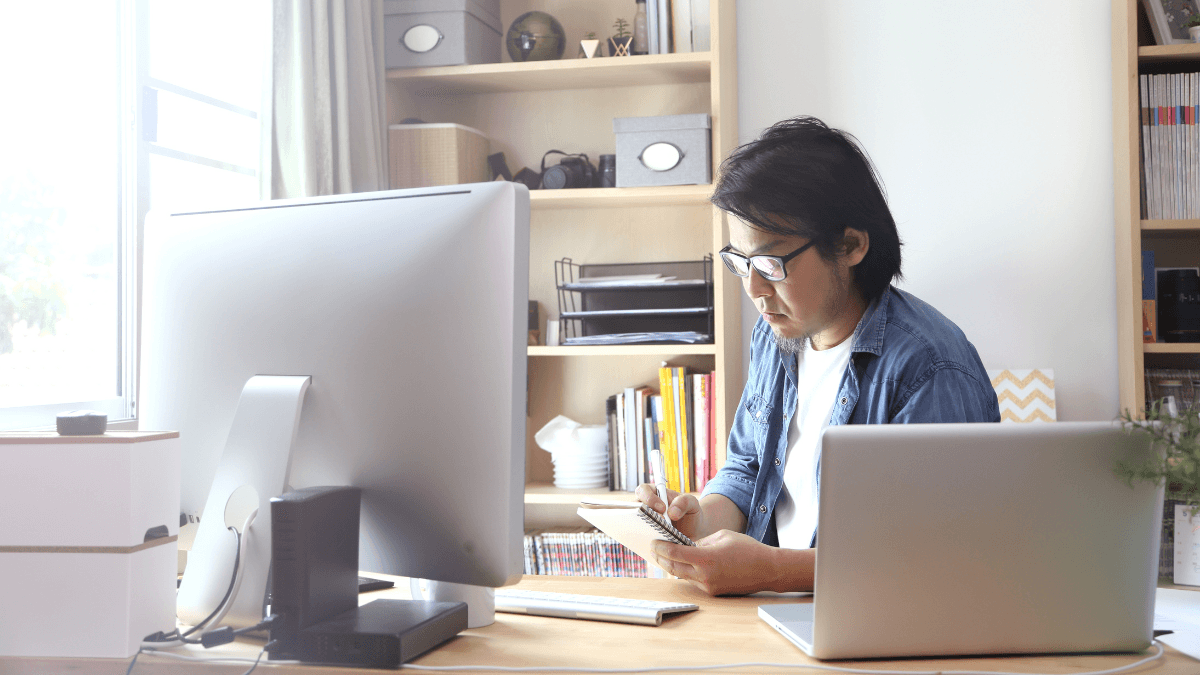A few months ago we were still unsure whether remote working would last. Many assumed that as the COVID-19 situation eased up and gatherings of people would be allowed again, everyone would be back into the office.
But it is now clear: remote working is here to stay. Most companies in Australia have decided to adopt long term flexible working options and policies, while some like Atlassian have offered their employees the choice to work remotely…forever!
This deep shift, while positive, does raise some questions: is remote working truly sustainable if people keep working exclusively at home? If our homes become our full time office, what are the long term consequences on people’s mental and physical wellbeing, and productivity? Who is going to pay for the increased household utility costs?
Redefining ‘remote’ for a sustainable flexible work future
While working from home has been an extraordinary solution for workers during the peak of the pandemic, and enabled Australian businesses to keep their operations running, both studies and employees themselves have pointed out issues with working from home long term.
Not everyone has the luxury of accessing or setting up a proper professional workstation, and many workers are stuck working in home environments that are less than ideal.
How many have been working from a couch, kitchen or dining table? How many are working alongside children and other family members – or share space with housemates – and can’t spend more than 30min without being distracted? After months stuck at home, who is finding it mentally challenging to deal with isolation, or with sharing small spaces with other people in their household?
Three keys to a successful and nurturing remote working environment
If we want remote, flexible working arrangements to be sustainable and benefit both workers and organisations we need to build a more balanced model where home isn’t the only alternative. A model that offers employees the choice to access proper workspaces to work from, while staying close to their homes.
It is important Australians can access workspaces that offer truly professional set-ups and where they can find some peace and quiet, focus, be productive, and have the opportunity to interact with other people to keep a human connection.
COVID-Safe environments, close to home
In a COVID-19 world, hygiene is the most important criteria to look out for. Many offices are still closed, while some workers are refusing to work outside of their homes because they do not want to take any health risks – and that includes taking public transports to go to crowded business centres far from home. Being able to find COVID-Safe workspaces close to home is key, especially as we’re starting to see satellite offices and workspaces developing outside of CBD areas.
Isolated workspaces for quiet and concentration
Distractions, noise: those are often hindering workers’ productivity and ability to focus on their work while at home. Offering workers isolated workspaces where they can be alone – or in limited teams – in a quiet environment is one of the other important aspects to building the remote workspace of tomorrow.
Affordable and flexible professional workspaces
In today’s age, flexibility has become a non-negotiable commodity. On one hand organisations do not want to commit to expensive, long term commercial leases anymore, and on the other workers want to be able to decide last minute that they want to work outside of their home for just an hour, a day, a week, or more.
Inclusive and holistic flexible working policies need to offer just that: the ability to truly work from anywhere, at any time, and for any amount of time. That comes with pay as you go options, making this flexible model affordable and accessible to all.
A plethora of new remote working options available
Since the start of the pandemic we’ve seen the rise of many new types of COVID-Safe, remote workspaces pop-up across Australian cities, some of them quite unusual!
From hotel rooms transformed in isolated workspaces, single desks in co-working spaces that have been re-structured to accommodate social distancing, to event spaces and local businesses with unused space transformed into flexible project spaces for small teams – there is a plethora of options for workers and employers to choose from!
This new flexible and pay as you go workspace model is the future. Not only will it help organisations save substantial costs and workers escape their house to find professional workspaces, it also sets the foundations for a long-term and sustainable flexible working model that will ultimately make work life balance a true reality.
Keep up to date with our stories on LinkedIn, Twitter, Facebook and Instagram.

